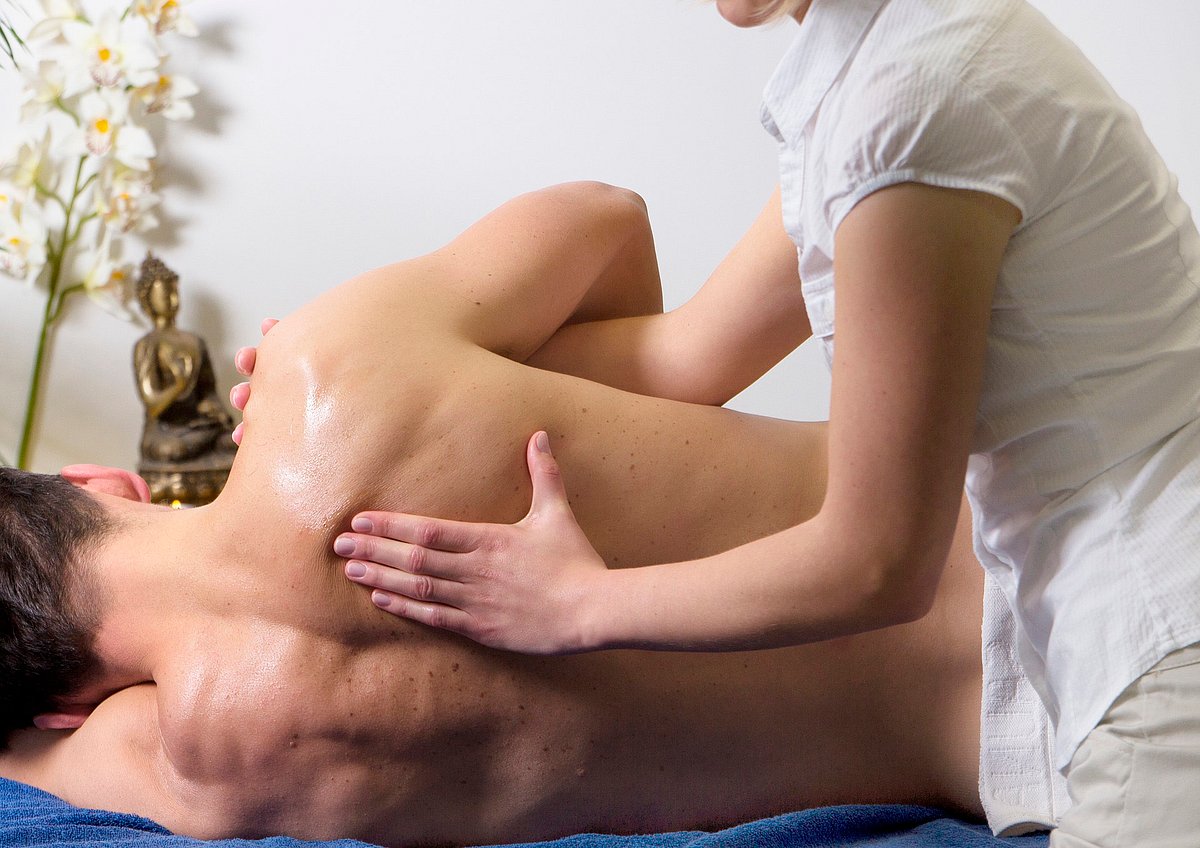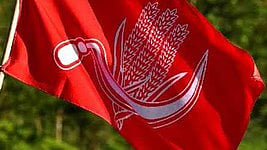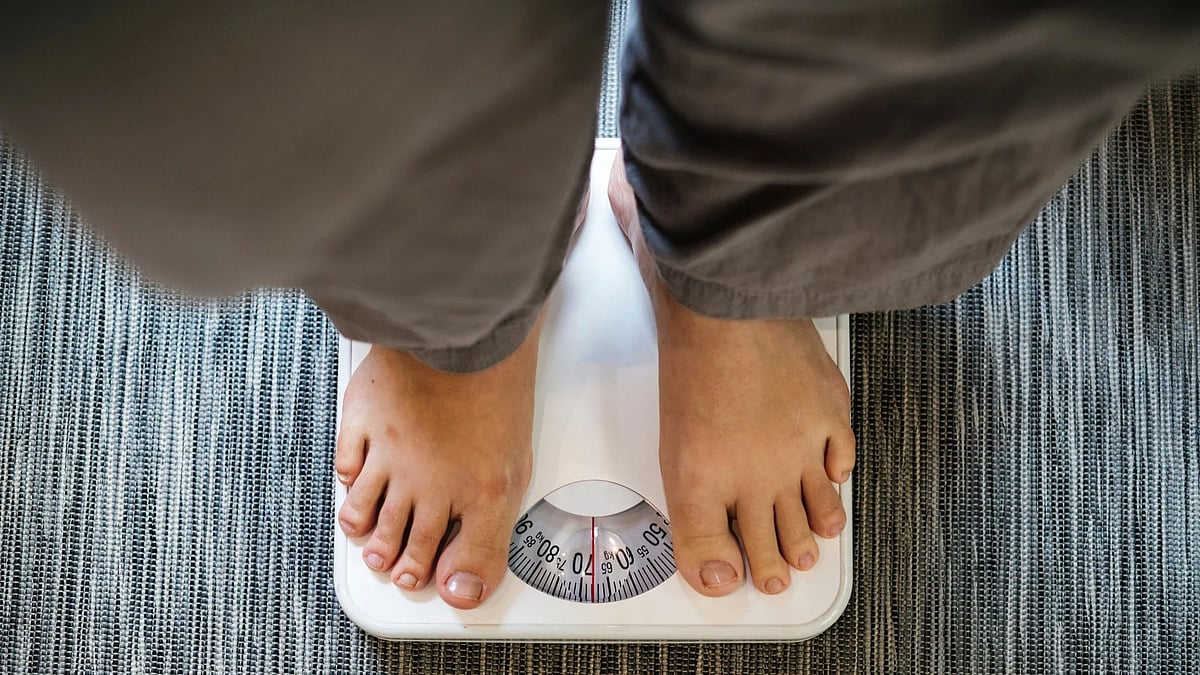Neuropathic pain or neuralgia is pain in a nerve pathway. Generally, neuralgia isn’t an illness in its own right, but a symptom of injury or a particular disorder. In many cases, the cause of the pain is not known. Older people are more susceptible, but people of any age can be affected. Almost everyone will experience mild neuralgia at some point, but these bouts are usually temporary and tend to ease by themselves within a few days. Some types of neuralgia are long-lasting, debilitating and so agonising that a person’s quality of life is severely impacted.
Symptoms of neuralgia:
Localised pain.
The area may be excruciatingly sensitive to touch and any pressure is felt as pain.
The pain can be sharp or burning, depending on the affected nerve.
But the affected area is still functional.
Muscle spasm.
Main types of neuralgia:
Trigeminal neuralgia, a condition that usually affects one side of the face, is said to be one of the most painful medical conditions. Neuralgia can be managed with medication and physiotherapy. Surgery is an option in resistant cases. This is the most common type of neuralgia, also known as tic douloureux. The trigeminal nerve is spread over face, including the cheeks and jaw. Trigeminal neuralgia is characterised by sudden jolts of shooting pain that usually affect one side of the face. Sometimes, a person experiences pain on both sides of the face, though at alternating times.
The pain may be severe enough to cause spasms of the facial muscles (tic). Trigeminal neuralgia turns everyday activities, such as toothbrushing or shaving, into agonising events. Even a gentle breeze can trigger pain. Known causes include multiple sclerosis or tumours pressing against the nerve. Women over the age of 50 years are most commonly affected.
Postherpetic neuralgia, this type of neuralgia occurs as a complication of shingles. Shingles is a viral infection characterised by a painful rash and blisters. Neuralgia can occur at the outbreak site of shingles. The pain can be mild or severe and persistent or intermittent. It can also last for months or years. In some cases, the pain may occur before the rash.
The third form of this ailment is occipital neuralgia. Irritation of the main nerve that runs from the back of the skull can cause occipital neuralgia. This type of headache or pain is dull, throbbing and localised to the back of the head. The pain can sometimes include the forehead. It is suspected that tense muscles or ligaments may press against the nerve, causing irritation, inflammation and subsequent pain. Other causes may include viral infection, trauma to the neck or bad posture.
Primary causes
Neuropathic pain comes from nerve damage. Most commonly, this is caused by medical conditions such as infections, diabetes, side effects from drugs or chemotherapy, or injuries. Damaged nerves are more likely to misfire, sending pain signals when there is no cause for pain. They can also put you at risk for more serious problems such as foot infections. All the causes of nerve pain are still largely a medical mystery. Researchers have identified several different ways nerves can misfire, and this has led to treatments that help many people. An infection can affect your nerves. For example, the cause of postherpetic neuralgia is shingles, an infection caused by the chickenpox virus. The likelihood of having this infection increases with age. An infection in a specific part of the body may also affect a nearby nerve. For example, if you have an infection in a tooth, it may affect the nerve and cause pain.
Pressure or compression of nerves may also cause neuralgia. The pressure may come from:
Bone.
Ligament.
Blood vessel.
Tumour.
Swollen blood vessel is a common cause of trigeminal neuralgia.
Many diabetics have problems with their nerves, including neuralgia. This damage is most common in the hands, arms, feet, and legs.
Treatment: If your doctor can pinpoint the cause of your neuralgia, your treatment will focus on treating the underlying cause. If the cause is not found, treatment will focus on relieving your pain. While surgery and medicines are your hope in serious conditions, most neuropathic pain can be controlled naturally:
Exercise releases natural painkillers called endorphins. Exercise also promotes blood flow to the nerves in the legs and feet. Researchers believe that regular exercise may create a long-lasting expansion in blood vessels in the feet, nourishing damaged nerves back to health. Start with a daily walk, gradually increasing pace and distance.
If the feet are affected by nerve pain, it's time to focus on good foot care. Nerve pain usually means impaired sensation, making injuries and infections more likely. Reduce the risk by examining your feet daily, wearing comfortable shoes, and seeing a podiatrist regularly. No wound or injury to your feet is too minor for a consultation with a doctor.
A warm bath might be the easiest — and least expensive — home treatment for nerve pain. Warm water temporarily increases blood flow to the legs and can help ease stress as well. Avoid burns by measuring water temperature with your arm before stepping in.
Heavy alcohol use is toxic to nerves and can worsen nerve pain. There's no magic number for how many alcoholic beverages you can have and still avoid nerve pain, but some experts advise four drinks or less per week.
Nerve pain can worsen at night, disrupting sleep and making it more difficult to cope with pain. Help break the cycle with good sleep habits. Limit afternoon caffeine intake, keep a consistent bedtime that allows for eight hours of sleep, and reserve the bedroom for sleep and sex.
Capsaicin cream, made from hot chili peppers, causes an uncomfortable burning sensation when initially applied. Some individuals find the burning sensation to be intolerable, especially when they are already suffering from a painful condition. But those who stick with it for weeks often report improvement in nerve pain (and less burning over time.
Better control of blood sugar levels in people with diabetes-caused neuralgia.
Neuralgia can be also kept in check through alternative holistic healing techniques like acupressure. Since the treatment is long, a more detailed list can be found on the website www.artofselfhealing.in.)










